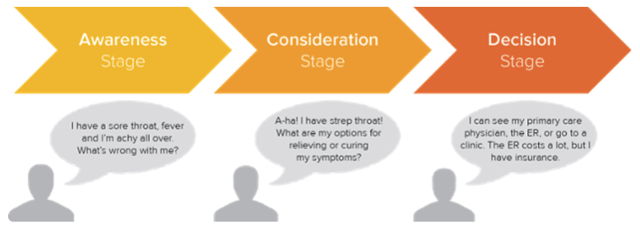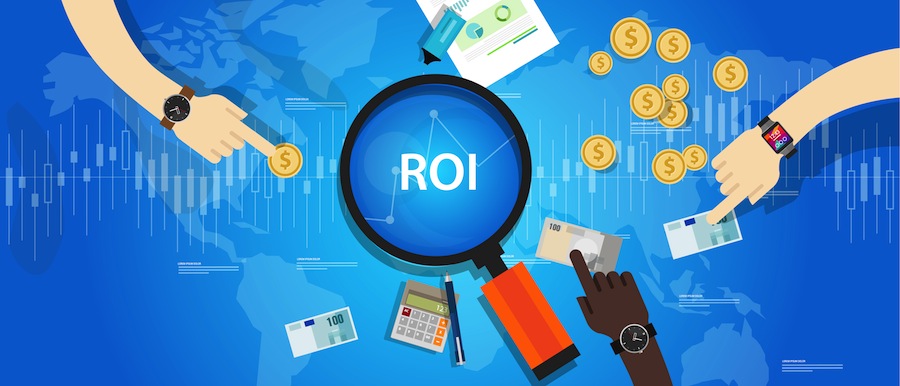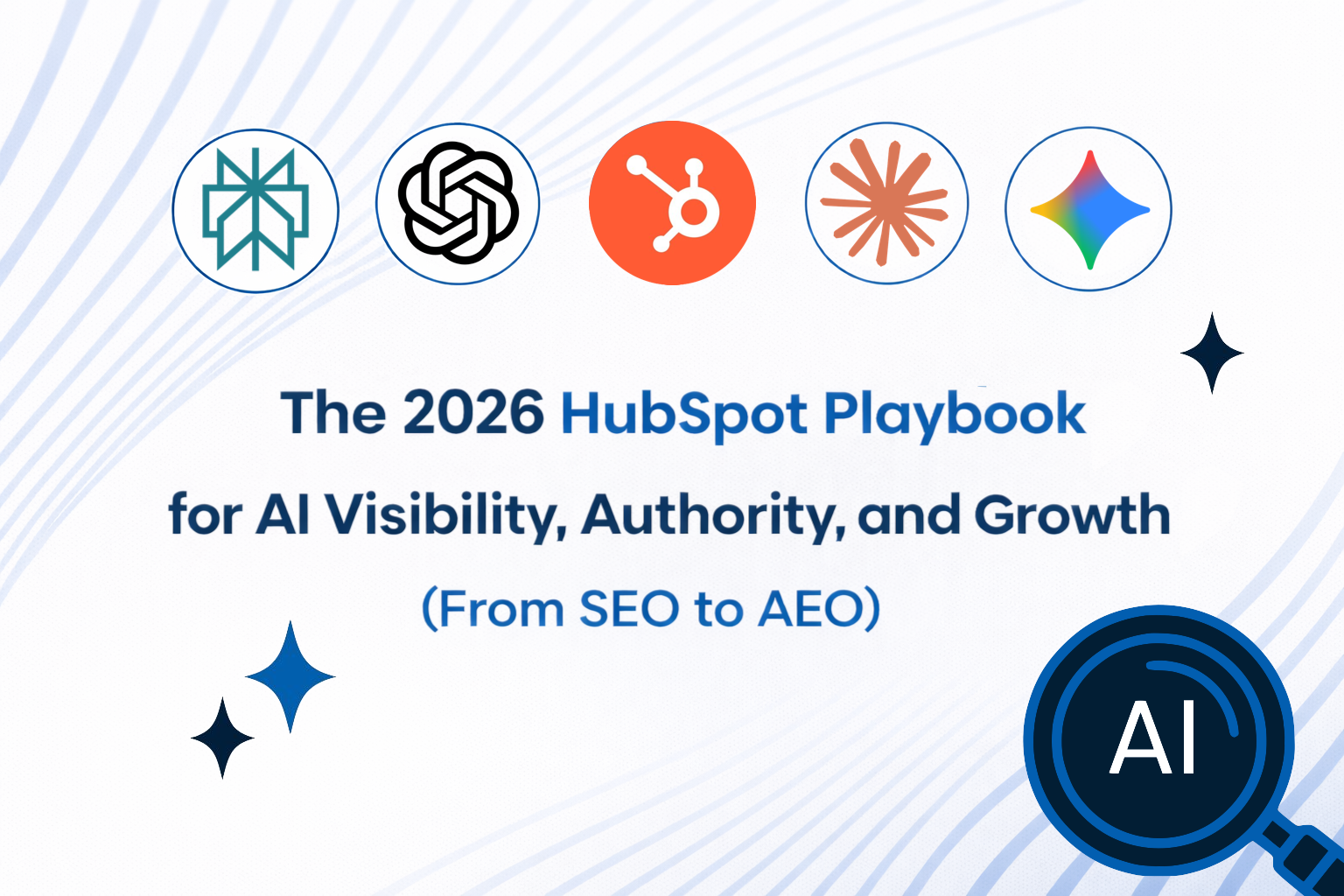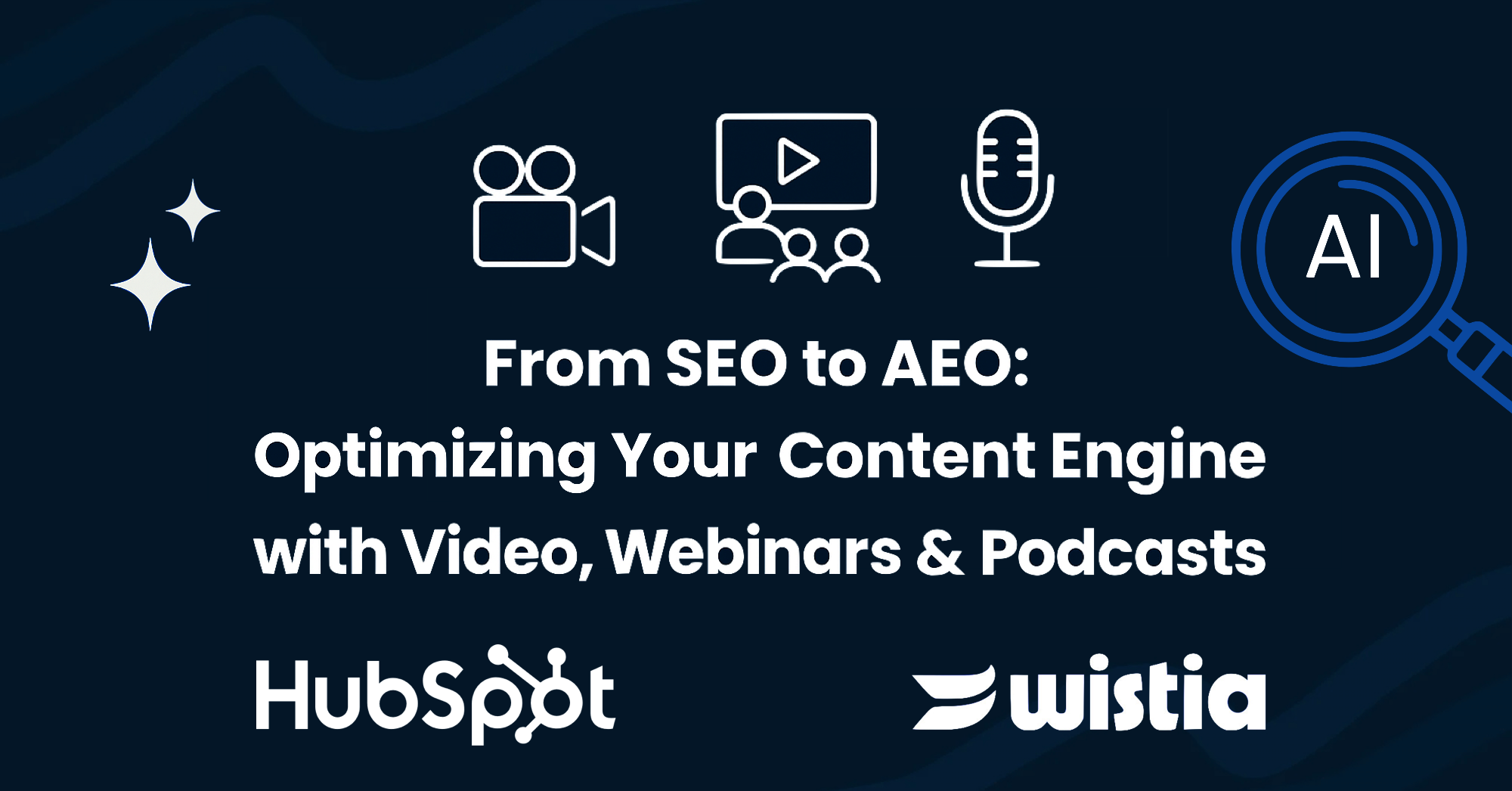 Think about marketing and sales in a personal life scenario. If you meet someone new at the corner coffee shop that sparks your interest you would not immediately jump into conversations about moving in together and tying the knot. Similarly, a visitor to your website is not necessarily immediately ready to buy and engage with you either. Simply because technology is now typically heavily involved in the buying process does not mean that your interactions should be any less interpersonal.
Think about marketing and sales in a personal life scenario. If you meet someone new at the corner coffee shop that sparks your interest you would not immediately jump into conversations about moving in together and tying the knot. Similarly, a visitor to your website is not necessarily immediately ready to buy and engage with you either. Simply because technology is now typically heavily involved in the buying process does not mean that your interactions should be any less interpersonal.
Related Blog: How to Update Your Content Strategy with Videos, Surveys, Infographics and More
Inbound strategy is an approach to marketing and sales that makes the entire process and experience customer (or buyer) -centric, instead of seller-centric. By catering to and strategically educating the customer at each stage of the buyer’s journey, inbound marketing and sales allows you to capture and nurture leads and, ultimately, build trust and relationships. At any stage of the buyer’s journey, from stranger to customer, the content they receive should be relevant to their thought process.
What does this process look like in a strategy? The various stages of the buyer’s journey can be grouped into 3 categories: Awareness, Consideration, and Decision.

Awareness
In this stage the consumer is not very familiar with your product or name. Your content should be focused on problems that your typical customers face or are seeking answers for. For example, why a disconnect between sales and marketing team strategies can be detrimental to a company’s growth and ultimately, their success.
Consideration
In this stage your consumer is aware of a problem, but not quite ready to buy. Your content should focus on solutions to their problems, further gaining their trust. For example, why working with an agency can help to align your sales and marketing teams and streamline workflow and overall efforts.
Decision
The consumer understands the problem, the benefits of fixing the problem, and is pursuing a solution. In this stage your consumer is ready to make a decision, understands their options, and is considering your product as the solution. Your content should now be related to your product or service. For example, why your team has the ability to help them reach their potential goals.
Up until this point you should not even begin to promote your company. Pushing an agenda simply around selling your product, instead of helping leads solve a problem, from the beginning will drive customers away, not reel them in.
Don’t scare off potential customers. Become inbound certified, work with a growth agency, and learn to nurture relationships into sales qualified leads, not just strangers. Gain trust with your audience and use it as an opportunity to be more human again.



-1-1.png)

